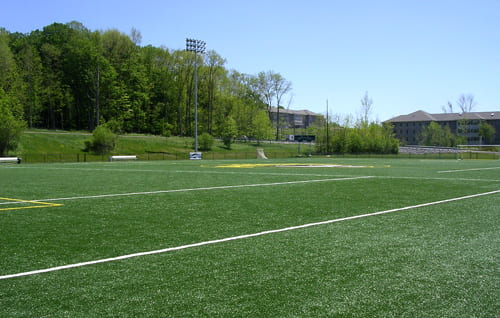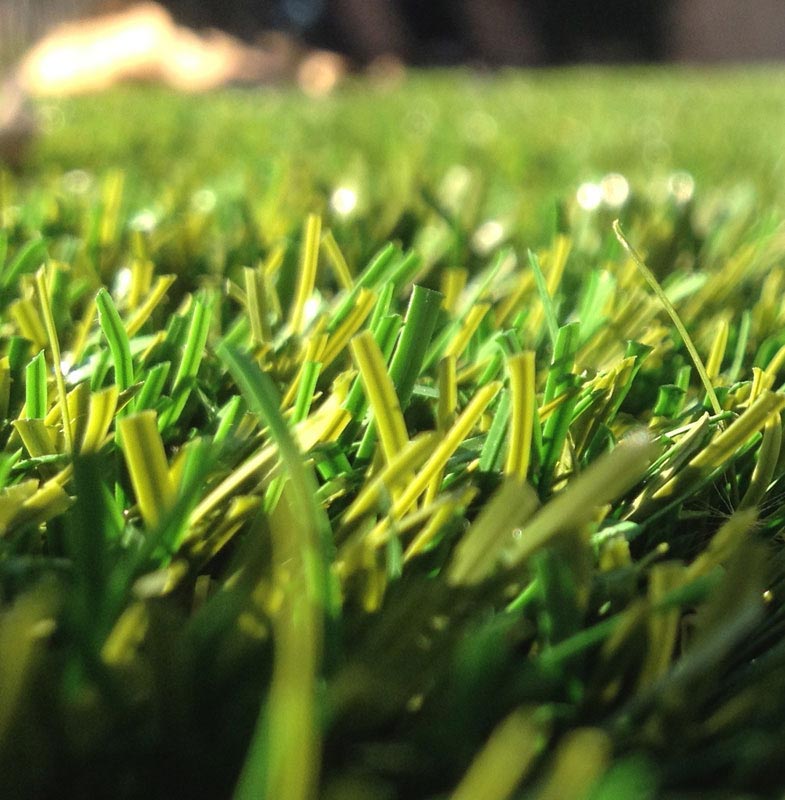Best Phoenix Turf Companies Providing Synthetic Grass Solutions
Best Phoenix Turf Companies Providing Synthetic Grass Solutions
Blog Article
Explore the Environmental Advantages of Opting for Synthetic Grass Solutions
The fostering of artificial grass options provides a compelling chance to deal with pushing environmental challenges. By significantly minimizing water use and minimizing the application of hazardous chemicals, these options not only promote sustainable landscaping however also secure regional ecological communities.
Water Conservation Perks
One of the most substantial advantages of fabricated lawn is its capability to save water. In comparison, fabricated lawn does not need watering, considerably reducing the general need for water resources.
By eliminating the requirement for routine watering, synthetic turf adds to lasting landscape practices and helps alleviate the ecological effect of excessive water intake. In addition, the preservation of water encompasses the reduction of runoff, which can lead to dirt disintegration and waterway pollution.
In addition, the setup of synthetic grass enables home owners and towns to designate water resources a lot more efficiently, focusing on necessary uses such as drinking water and agriculture. The change towards synthetic grass not only promotes liable water usage but additionally aligns with broader environmental goals focused on preserving all-natural resources.
As communities progressively prioritize sustainability, the water preservation advantages of man-made turf present a compelling case for its adoption in commercial and property landscape design projects.
Reduced Chemical Use
The change to artificial turf considerably reduces the dependence on chemical treatments frequently made use of in natural grass maintenance. Typical grass monitoring normally entails the application of chemicals, fertilizers, and herbicides to promote development and control bugs. These chemicals can pose threats to human wellness, regional wild animals, and the setting, adding to soil and water contamination.
In contrast, synthetic grass gets rid of the requirement for these dangerous materials. When installed, it calls for minimal maintenance, primarily consisting of normal cleansing and seldom infill replenishment. This decrease in chemical usage not only profits the prompt setting however additionally contributes to wider environmental stability. By minimizing the release of artificial compounds into the ecological community, artificial lawn advertises much healthier dirt and water supply.
Moreover, the lack of chemical drainage connected with synthetic turf setups assists protect neighborhood rivers from air pollution, supporting water life and preserving biodiversity. Artificial turf companies phoenix. As neighborhoods progressively focus on lasting methods, opting for fabricated grass provides a practical service that aligns with ecological preservation goals. Through this shift, residential property proprietors can appreciate lavish eco-friendly rooms without jeopardizing ecological health and wellness, leading the way for an extra sustainable future
Lower Carbon Impact

Additionally, the setup of synthetic grass can result in substantial water conservation. Natural yards require substantial amounts of water for irrigation, which not just contributes to the carbon footprint associated with water removal and therapy but likewise pressures neighborhood water resources. In comparison, synthetic lawn requires very little maintenance, needing no watering, consequently dramatically lowering water usage and its associated power expenses.
Additionally, the durability of fabricated lawn adds to its reduced carbon influence. With a life-span of up to 15 years or even more, the demand for constant replacements is decreased, causing much less waste and reduced energy intake in manufacturing and taking care of conventional yard choices. Overall, synthetic lawn provides a sustainable alternative for environmentally mindful landscape design.
Environment Conservation
Habitat conservation is a critical factor to consider in the debate over landscaping choices, especially when contrasting artificial lawn to natural lawn. Natural yard yards usually require extensive maintenance, consisting of the usage of fertilizers, pesticides, and herbicides, which can adversely affect regional environments. These chemicals can leach into the dirt and rivers, harming indigenous flora and fauna and disrupting local environments.
In contrast, synthetic grass presents a chance to decrease the ecological impact of landscaping. By selecting synthetic turf, home owners can lessen the disruption of try this web-site natural environments connected with typical grass treatment practices. Synthetic grass gets rid of the demand for dangerous chemicals, thus securing neighboring wild animals and keeping the stability of surrounding ecological communities. The installment of synthetic grass can lead to the conversion of previous yard areas into even more directory biodiverse landscapes, such as pollinator yards or native plant areas, which can support local wild animals.
Eventually, the change to synthetic lawn not only conserves water and lowers maintenance efforts but also cultivates a more harmonious partnership between human activities and the native environment, advertising environment preservation at the same time.
Long-Term Sustainability
Lasting sustainability is an essential consider assessing the benefits of synthetic grass over conventional grass lawns. One of one of the most substantial benefits of artificial turf is its longevity; it can last as much as 15-20 years with marginal upkeep, whereas all-natural turf requires regular reseeding and replacement. This longevity minimizes the need for continuous resources, such as water, plant foods, and chemicals, which are important for maintaining a healthy and balanced yard yard.
Additionally, synthetic grass adds to a reduction in carbon exhausts connected with grass care tools. Conventional yards commonly call for gas-powered mowers, leaners, and blowers, every one of which add to air contamination. Arizona artificial turf. On the other hand, synthetic grass removes the requirement for such tools, advertising a cleaner setting
Moreover, the manufacturing of artificial grass progressively uses recycled materials, enhancing its sustainability profile. As makers take on environmentally friendly practices, the environmental impact of man-made turf remains to decrease.

Verdict
The adoption of synthetic grass solutions provides significant ecological advantages, including significant water preservation, lowered dependence on unsafe chemicals, and a reduced carbon footprint. In addition, synthetic grass aids in protecting natural habitats by reducing land disruption and advertising long-lasting sustainability through using resilient materials. Collectively, these factors underscore the possibility of fabricated turf to contribute favorably to ecological health and supply a feasible alternative to standard landscape design techniques in a progressively check this site out resource-conscious globe.
In contrast, synthetic grass does not require watering, dramatically lowering the total demand for water sources. By minimizing the launch of artificial compounds right into the community, fabricated turf promotes healthier dirt and water systems.
Additionally, the installation of artificial turf can result in significant water conservation. In contrast, fabricated grass requires very little maintenance, calling for no watering, thereby substantially minimizing water use and its linked energy costs.

Report this page